12 Sacred Temples That Hold the Ultimate Secret of Lord Shiva – 7 Will Shock You!
Tarun Badghaiya | Feb 05, 2025, 13:46 IST
The article delves into the historical and spiritual significance of the 12 Jyotirlingas, the most revered Shiva temples in Hinduism. It begins with an explanation of their beginnings, referencing a tradition from the Shiva Purana about Lord Shiva appearing as an unending pillar of light. Each of the 12 Jyotirlingas is then thoroughly studied, emphasising their unique mythology, location, and historical significance. The temples are spread across India, from Somnath in Gujarat to Rameshwaram in Tamil Nadu, and each has a significant religious and cultural importance. The article finishes by underlining their significance as centres of faith, perseverance, and spiritual awareness, highlighting Lord Shiva's omnipresence.
Lord Shiva is revered as one of the most important deities in Hinduism, one of the world's oldest faiths. Among the various Shiva temples, the 12 Jyotirlingas are the most revered. Jyotirlingas are famous sanctuaries where Shiva is said to have appeared as a pillar of light (Jyoti), symbolising his infinite and formless nature. These temples may be found all over India and have long served as sites of spirituality, devotion, and history.
The Shiva Purana recounts the mythology of the Jyotirlingas, which depicts a conflict between Lord Vishnu and Lord Brahma over dominion. To settle the disagreement, Lord Shiva appeared as a massive, limitless column of light. Brahma and Vishnu were unable to determine its beginning and finish, demonstrating Shiva's omnipresence.
The twelve spots where his divine light appeared are today known as Jyotirlingas. Each sacred shrine has its own history, mythology, and cultural importance.
Somnath, known as the first of the Jyotirlingas, is located in Prabhas Patan, Gujarat. It has a strong connection to the Moon God (Chandra Dev), who was cursed by his father-in-law Daksha and lost his brilliance. Lord Shiva lifted Chandra's curse at this location, making it a place of healing and renewal.
Historically, the temple has been robbed several times, most famously by Mahmud of Ghazni, yet it has been rebuilt numerous times, demonstrating faith's tenacity. The current structure, which was rebuilt in 1951, exemplifies dedication and perseverance.
Mallikarjuna, located on the Srisailam hill beside the Krishna River, is associated with Lord Shiva and Goddess Parvati's heavenly marriage. This Jyotirlinga is unique in that it is also a revered Shakti Peetha, combining Shiva and Shakti worship.
The temple's construction is in the Vijayanagara style, and it has long served as a Shaivism centre. It continues to be a pilgrimage destination, particularly during Mahashivratri.
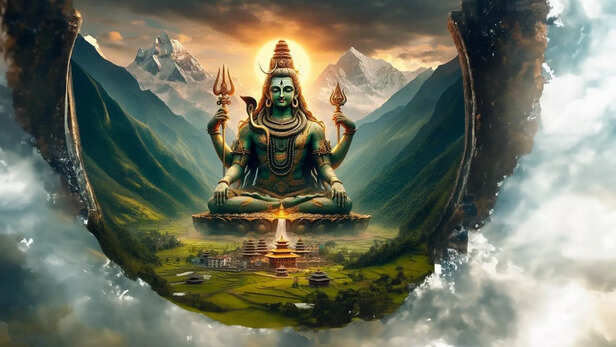
Mahakaleshwar, in Ujjain, is the only Jyotirlinga with Shiva's idol facing south (Dakshinamukhi). This temple is well-known for its Bhasma Aarti, which involves worshipping the deity with sacred ash.
Ujjain, one of India's seven sacred towns (Sapta Puri), has long been an important centre of study and spirituality. The temple has been described in ancient scriptures and continues to attract visitors from all around the country.
This Jyotirlinga, located on Mandhata Island in the Narmada River, is named after the sacred sound "Om." According to mythology, King Mandhata worshipped Shiva here, and his sincere penance resulted in the Lord's divine manifestation.
The temple is an architectural masterpiece that combines spirituality with natural beauty. Pilgrims believe that a dip in the Narmada is particularly cleansing.
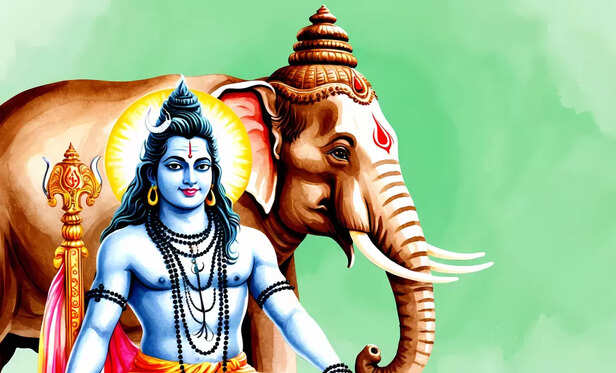
Kedarnath, located in the Himalayas, is one of the most sacred Jyotirlingas and part of the Char Dham pilgrimage. It is stated that following the Kurukshetra war, the Pandavas sought Shiva's blessings to atone for their transgressions. Shiva, unwilling to face them, assumed the appearance of a bull and dove into the earth, leaving his hump at Kedarnath.
Due to its high altitude, the temple is only open for six months of the year. Pilgrims make the difficult journey to seek Lord Shiva's blessings here.According to tradition, Shiva appeared here to vanquish the demon Bhima, son of Kumbhakarna. The Bhimashankar temple, situated in the Western Ghats, is surrounded by beautiful flora and is part of the Bhimashankar Wildlife Sanctuary.
The temple's building preserves the old Nagara style and remains a hub for Shaiva traditions and rituals.
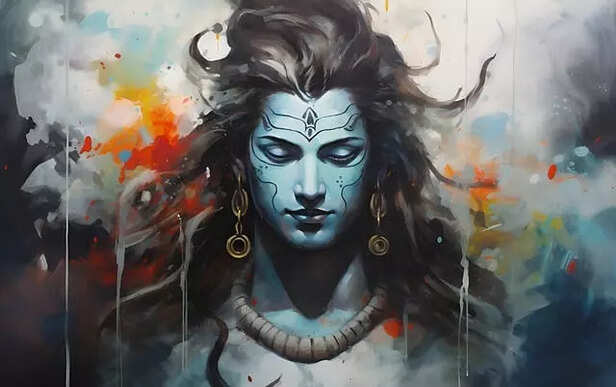
Kashi Vishwanath, located in the holy city of Varanasi, is the most venerated Jyotirlinga and is related to achieving moksha. Devotees think that individuals who die in Kashi with Shiva's name on their lips would achieve salvation.
The temple has been invaded and rebuilt several times, with the current edifice being completed by Queen Ahilyabai Holkar in the 18th century. The recently constructed Kashi Vishwanath Corridor has increased its splendour and accessibility.
Trimbakeshwar, in Nashik, is remarkable in that the Jyotirlinga has three faces, representing Brahma, Vishnu, and Shiva, respectively. It is also the source of the sacred Godavari River.
This temple is closely related to the mythology of Sage Gautama, who undertook penance to bring the Ganges to this region as the Godavari.

This Jyotirlinga is associated with Ravana, the evil ruler of Lanka and a devout follower of Shiva. It is thought that Ravana attempted to transport this Lingam to Lanka, but due to divine intervention, it remained in its current location.
Many devotees flock here to seek healing, as "Vaidyanath" translates to "Lord of Physicians."
Nageshwar, near Dwarka, is related to the myth of Daruka, a demon who was defeated by Lord Shiva.
This temple, with its enormous Shiva statue, remains a popular pilgrimage destination.
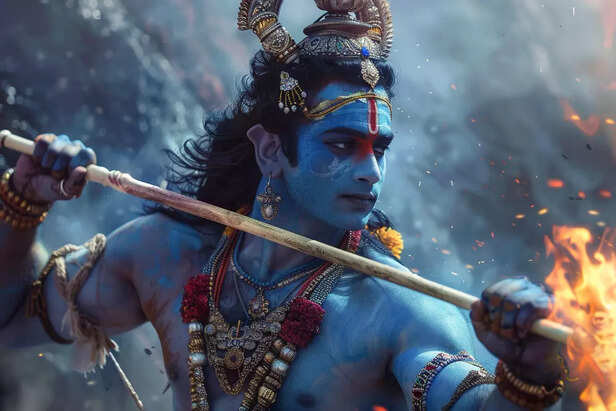
This Jyotirlinga is associated with Lord Rama, who worshipped Shiva here before leaving for Lanka. The temple has the longest corridor among Hindu temples and boasts elaborate Dravidian architecture.
The smallest Jyotirlinga, Grishneshwar, is located near the Ellora Caves. It has a touching legend of a devout woman named Kusuma, whose son was resurrected by Shiva.
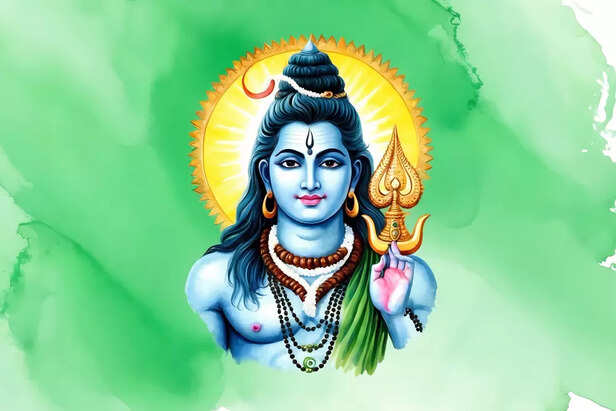
The 12 Jyotirlingas hold immense spiritual and historical significance. Each of these shrines has its own unique mythology, reinforcing the omnipresence of Lord Shiva. Over centuries, they have withstood invasions, reconstructions, and natural calamities but continue to be centres of unwavering faith.
Devotees undertake pilgrimages to these sacred shrines to seek blessings, healing, and spiritual enlightenment. The Jyotirlingas are not just religious landmarks but also reflections of India's rich cultural and architectural heritage. Their stories continue to inspire millions, reinforcing the eternal presence of Lord Shiva in the hearts of devotees.
The Shiva Purana recounts the mythology of the Jyotirlingas, which depicts a conflict between Lord Vishnu and Lord Brahma over dominion. To settle the disagreement, Lord Shiva appeared as a massive, limitless column of light. Brahma and Vishnu were unable to determine its beginning and finish, demonstrating Shiva's omnipresence.
The twelve spots where his divine light appeared are today known as Jyotirlingas. Each sacred shrine has its own history, mythology, and cultural importance.
The 12 Jyotirlingas and Their Significance
1. Somnath Jyotirlinga (Gujarat)
Historically, the temple has been robbed several times, most famously by Mahmud of Ghazni, yet it has been rebuilt numerous times, demonstrating faith's tenacity. The current structure, which was rebuilt in 1951, exemplifies dedication and perseverance.
2. Mallikarjuna Jyotirlinga (Andhra Pradesh)
The temple's construction is in the Vijayanagara style, and it has long served as a Shaivism centre. It continues to be a pilgrimage destination, particularly during Mahashivratri.

shiva
3. Mahakaleshwar Jyotirlinga (Madhya Pradesh)
Ujjain, one of India's seven sacred towns (Sapta Puri), has long been an important centre of study and spirituality. The temple has been described in ancient scriptures and continues to attract visitors from all around the country.
4. Omkareshwar Jyotirlinga (Madhya Pradesh)
The temple is an architectural masterpiece that combines spirituality with natural beauty. Pilgrims believe that a dip in the Narmada is particularly cleansing.

Shiva
5. Kedarnath Jyotirlinga (Uttarakhand)
Kedarnath, located in the Himalayas, is one of the most sacred Jyotirlingas and part of the Char Dham pilgrimage. It is stated that following the Kurukshetra war, the Pandavas sought Shiva's blessings to atone for their transgressions. Shiva, unwilling to face them, assumed the appearance of a bull and dove into the earth, leaving his hump at Kedarnath.
Due to its high altitude, the temple is only open for six months of the year. Pilgrims make the difficult journey to seek Lord Shiva's blessings here.
6. Bhimashankar Jyotirlinga (Maharashtra)
The temple's building preserves the old Nagara style and remains a hub for Shaiva traditions and rituals.

shiva
7. Kashi Vishwanath Jyotirlinga (Uttar Pradesh)
The temple has been invaded and rebuilt several times, with the current edifice being completed by Queen Ahilyabai Holkar in the 18th century. The recently constructed Kashi Vishwanath Corridor has increased its splendour and accessibility.
8. Trimbakeshwar Jyotirlinga (Maharashtra)
This temple is closely related to the mythology of Sage Gautama, who undertook penance to bring the Ganges to this region as the Godavari.

shiva as natraj
9. Vaidyanath Jyotirlinga (Jharkhand)
Many devotees flock here to seek healing, as "Vaidyanath" translates to "Lord of Physicians."
10. Nageshwar Jyotirlinga (Gujarat)
This temple, with its enormous Shiva statue, remains a popular pilgrimage destination.

Shiva
11. Rameshwaram Jyotirlinga (Tamil Nadu)
12. Grishneshwar Jyotirlinga (Maharashtra)

Shiva
The 12 Jyotirlingas hold immense spiritual and historical significance. Each of these shrines has its own unique mythology, reinforcing the omnipresence of Lord Shiva. Over centuries, they have withstood invasions, reconstructions, and natural calamities but continue to be centres of unwavering faith.
Devotees undertake pilgrimages to these sacred shrines to seek blessings, healing, and spiritual enlightenment. The Jyotirlingas are not just religious landmarks but also reflections of India's rich cultural and architectural heritage. Their stories continue to inspire millions, reinforcing the eternal presence of Lord Shiva in the hearts of devotees.
